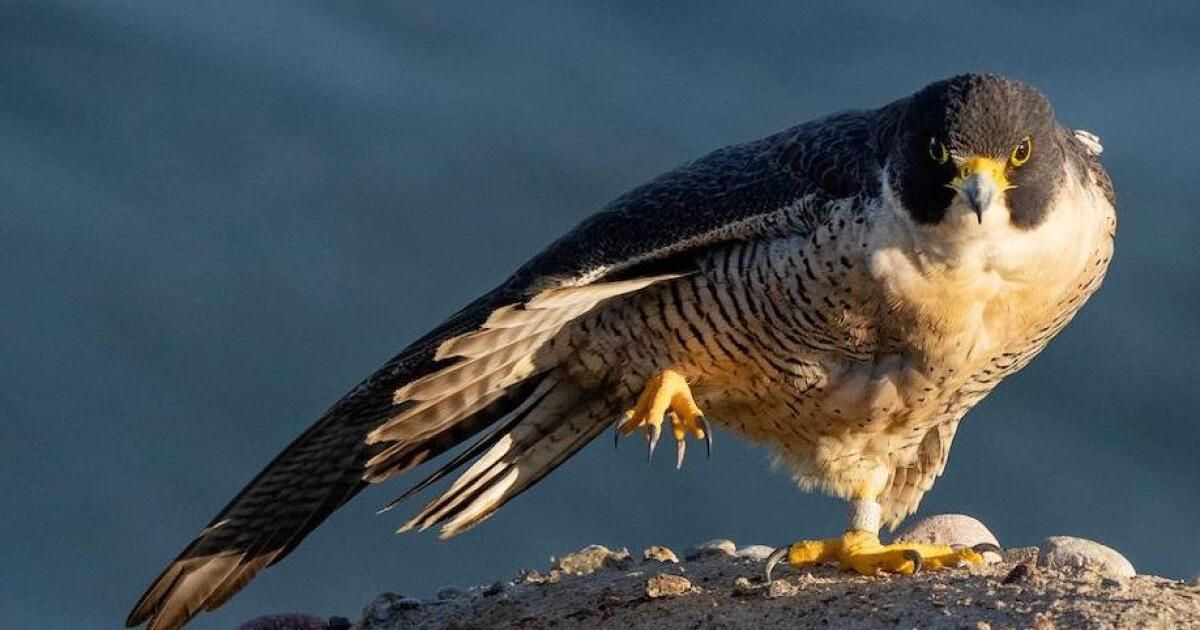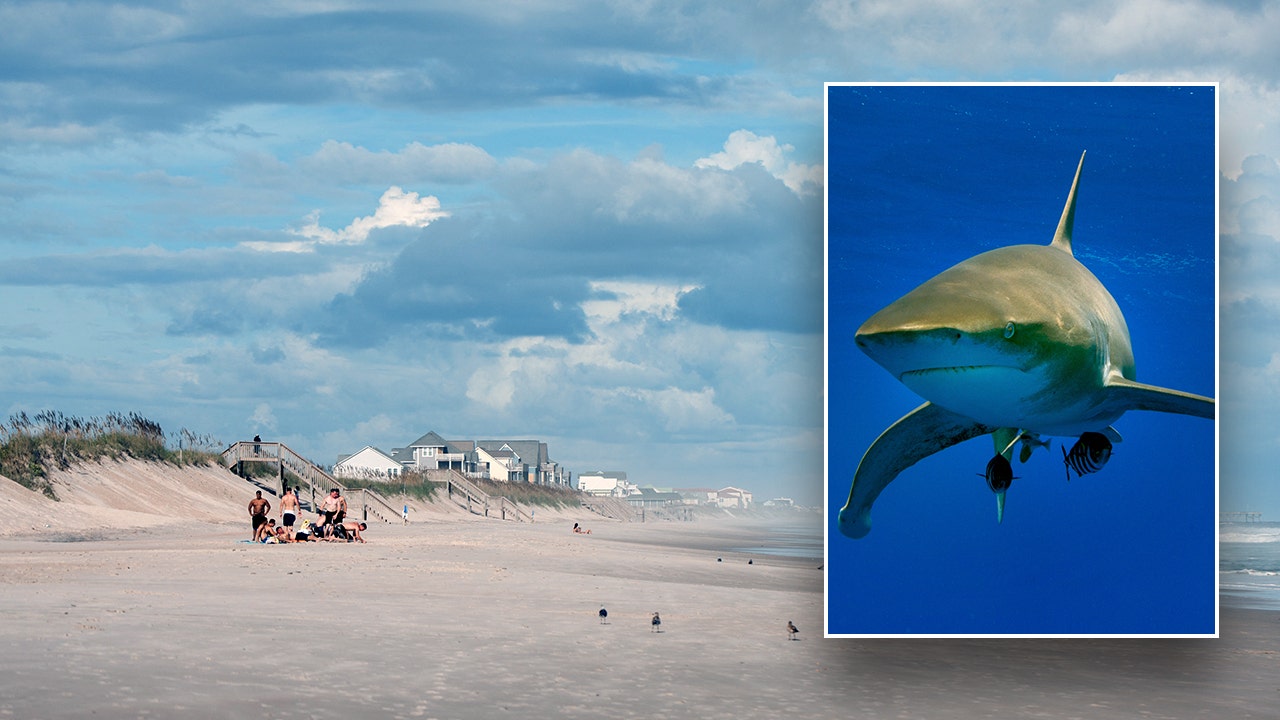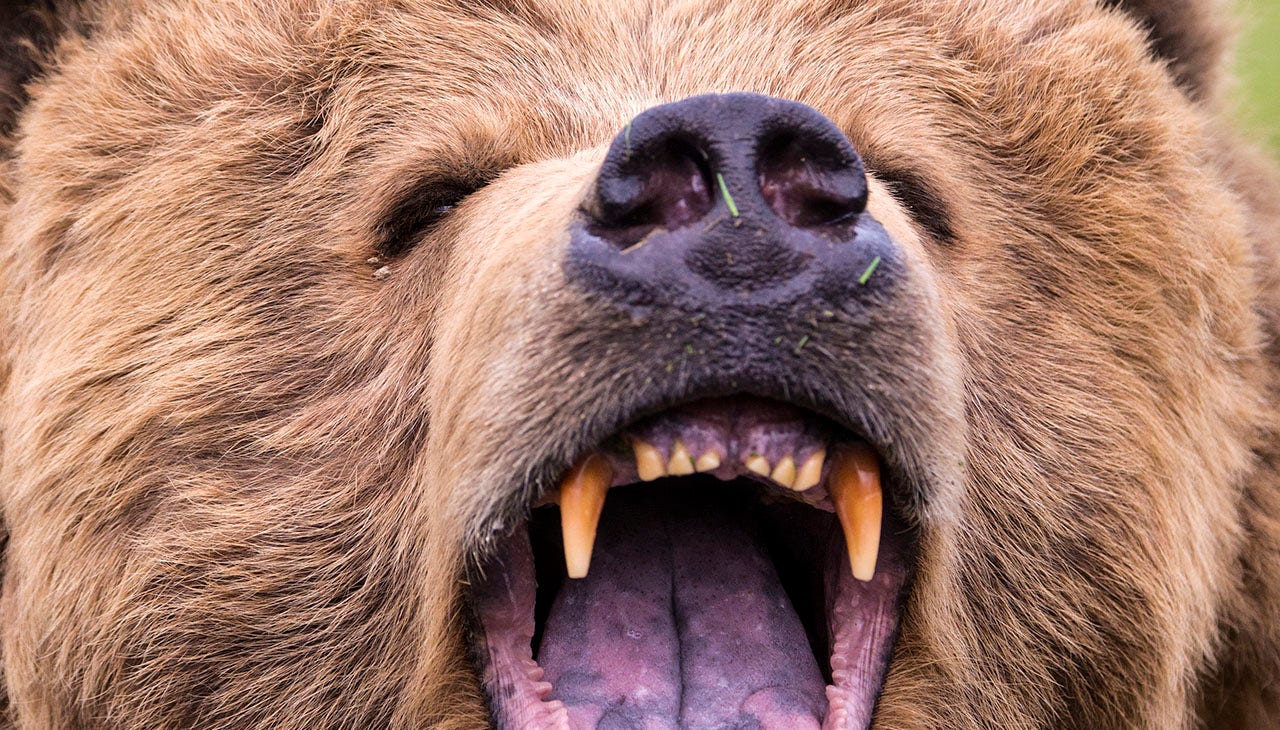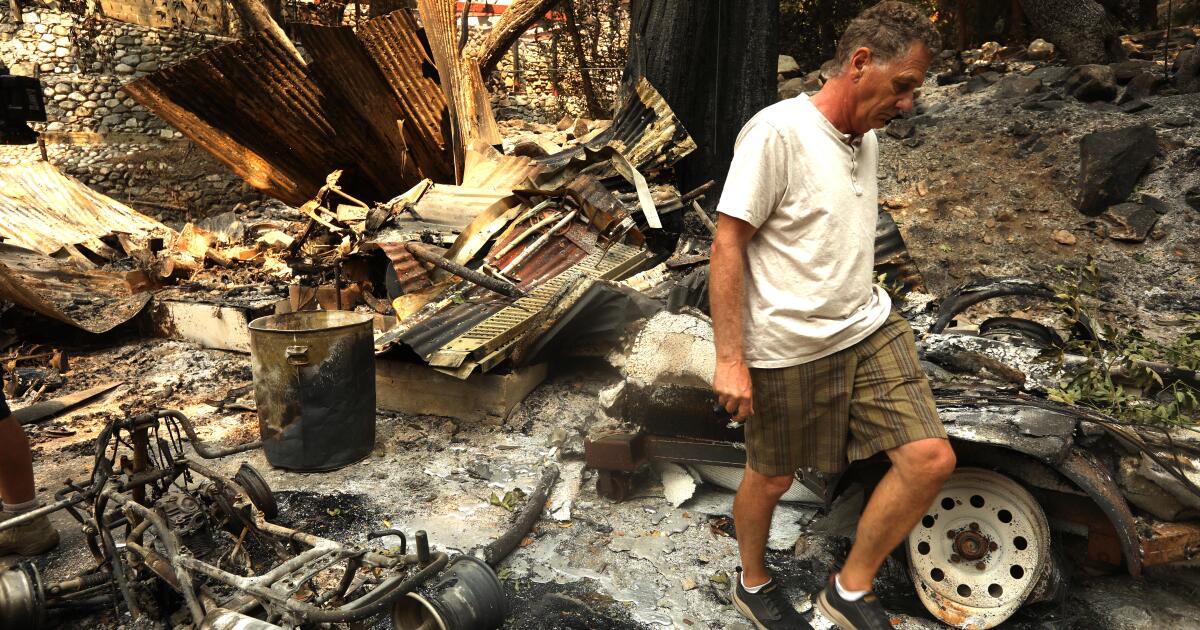The number of peregrine falcons in Yosemite National Park has skyrocketed over the past 15 years since the launch of a protection plan for the once-endangered raptors that nest on the park's cliffs and peaks.
The National Park Service announced Thursday that the falcon species has made a “remarkable comeback” in Yosemite since the 1970s, when there were no nesting pairs in the park.
In 2009, the park launched an effort to protect the birds by closing off parts of the cliffs to climbers so that nests would not be disturbed, which could cause falcons to abandon the area and their young.
“Peregrine falcons hunt, fly and nest in and around the park’s granite cliffs, domes and towers thanks to a dedicated effort to protect them,” said Alexandria Walker, a National Park Service biological sciences technician in Yosemite.
Peregrine falcon numbers in Yosemite and nationwide plummeted between the 1950s and 1970s due to DDT poisoning. By 1974, only 324 pairs remained in the United States. A nationwide ban on DDT in 1972 helped peregrine falcons make a comeback.
Hawks were declared an endangered species in 1970, but were removed from the federal endangered species list in 1999. They are now a “fully protected” species in California.
The National Park Service surveyed 43 cliff sites in the park this year, including El Capitan and Glacier Point, and documented 17 breeding pairs along with 25 peregrine falcon chicks and 15 nests, the park service said.
The park service said the protection plan has closed no more than 5 percent of its climbing routes, so birds are protected and climbers are largely unaffected.
Wildlife managers monitor nests throughout the season and close roads based on the bird family's activity. They also prevent helicopters from flying low over nests.












